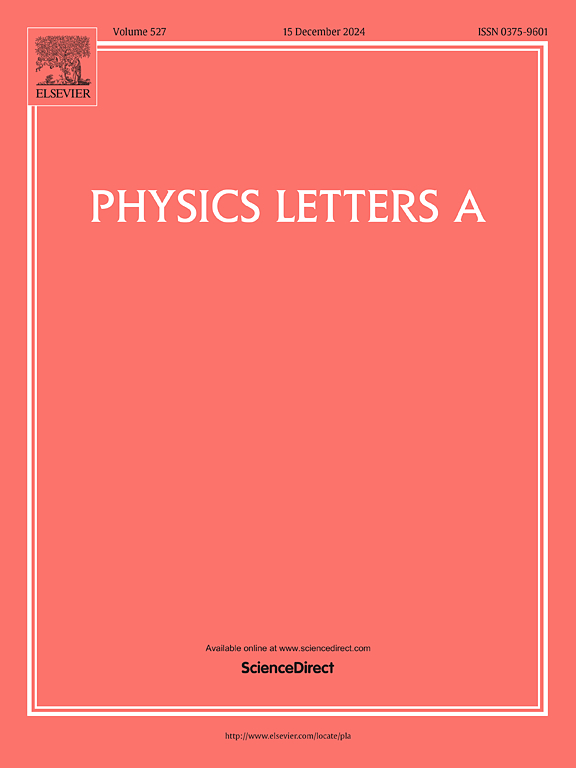Quantifying total correlations in quantum systems through the Pearson correlation coefficient
IF 2.3
3区 物理与天体物理
Q2 PHYSICS, MULTIDISCIPLINARY
引用次数: 0
Abstract
Conventionally the total correlations within a quantum system are quantified through distance-based expressions such as the relative entropy or the square-norm. Those expressions imply that a quantum state can contain both classical and quantum correlations. In this work, we provide an alternative method to quantify the total correlations through the Pearson correlation coefficient. Using this method, we argue that a quantum state can be correlated in either a classical or a quantum way, i.e., the two cases are mutually exclusive. We also illustrate that, at least for the case of two-qubit systems, the distribution of the correlations among certain locally incompatible pairs of observables provides insight in regards to whether a system contains classical or quantum correlations. Finally, we show how correlations in quantum systems are connected to the general entropic uncertainty principle.
求助全文
约1分钟内获得全文
求助全文
来源期刊

Physics Letters A
物理-物理:综合
CiteScore
5.10
自引率
3.80%
发文量
493
审稿时长
30 days
期刊介绍:
Physics Letters A offers an exciting publication outlet for novel and frontier physics. It encourages the submission of new research on: condensed matter physics, theoretical physics, nonlinear science, statistical physics, mathematical and computational physics, general and cross-disciplinary physics (including foundations), atomic, molecular and cluster physics, plasma and fluid physics, optical physics, biological physics and nanoscience. No articles on High Energy and Nuclear Physics are published in Physics Letters A. The journal''s high standard and wide dissemination ensures a broad readership amongst the physics community. Rapid publication times and flexible length restrictions give Physics Letters A the edge over other journals in the field.
 求助内容:
求助内容: 应助结果提醒方式:
应助结果提醒方式:


